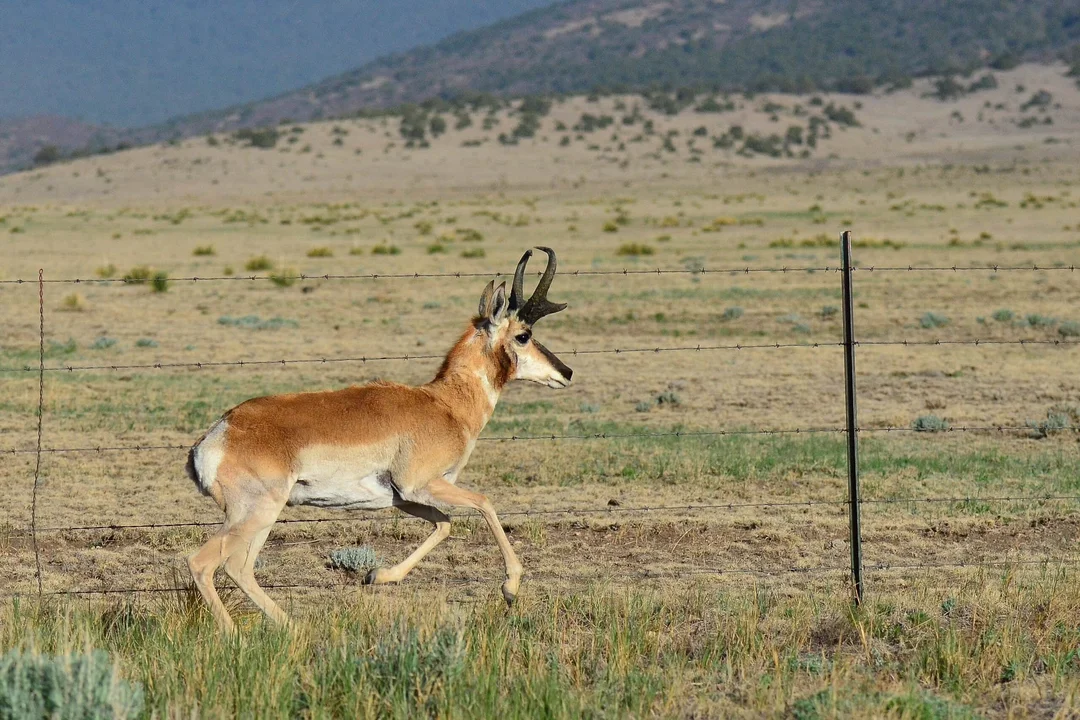
New Mexico Sets New Standard With Historic Wildlife Crossing Funding
In a groundbreaking initiative, New Mexico has allocated an impressive $50 million for wildlife crossing infrastructure—the largest sum dedicated to such efforts in the United States. This monumental step, announced as part of the 2025 General Appropriations Act, aims to enhance the safety and connectivity of numerous animal species across the state.
The funding is part of the New Mexico Wildlife Corridors Action Plan, a strategy finalized in 2022, which utilized vehicle collision and wildlife GPS data to identify priority locations for new wildlife crossings. These locations, totaling 11, will support both underpasses and overpasses designed to mitigate the dangers faced by animals as they navigate busy highways. Notably, species like the pronghorn (Antilocapra americana), which is threatened by vehicle collisions, will benefit significantly from this investment.

Governor Michelle Lujan Grisham emphasized the importance of this funding in her statement, expressing a commitment to protect wildlife while enhancing road safety. The initiative underscores a growing recognition of the critical role that wildlife crossings play not only in protecting fauna but also in fostering ecological balance. As urban areas expand and roads proliferate, the risks to wildlife have increased manifold, making solutions like these more urgent than ever.
This effort serves not only as a model for other states but also as a proactive response to wildlife conservation in a rapidly urbanizing landscape. By investing in infrastructure that allows animals safer passage and reducing roadkill incidents, New Mexico is taking essential steps toward preserving biodiversity while addressing public safety concerns.
In conclusion, New Mexico's groundbreaking funding allocation sets a precedent in wildlife conservation. This initiative invites us to reflect on our responsibilities toward nature and the ecosystems we share. How might similar investments change the landscapes of other states, and what additional measures can be taken to protect our biodiversity? Share your thoughts in the comments.